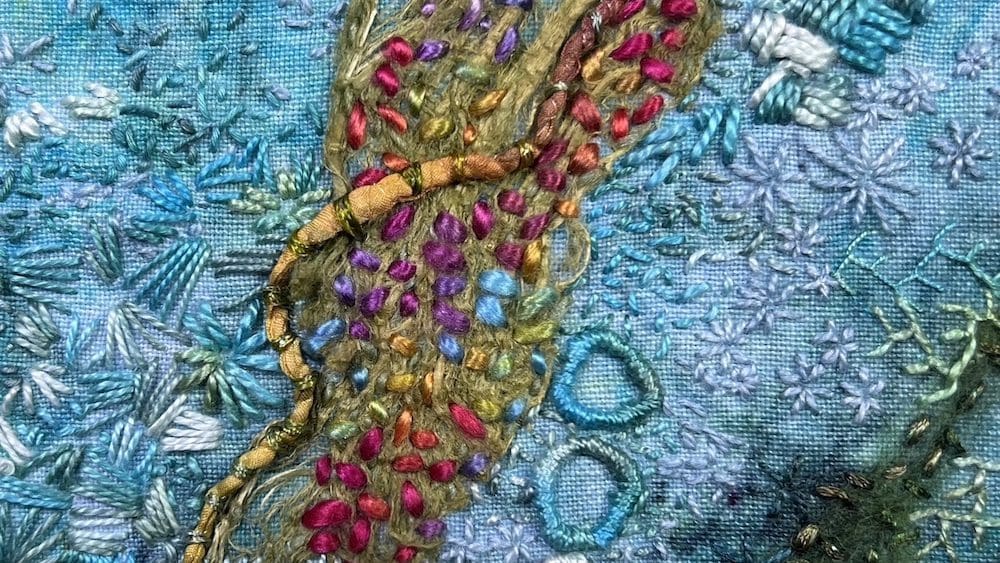
Finishing a Project is Like a Tiny Death
I’m just about finished with my big improvisational stitching piece that I’ve been working on for the last 7 months or so, and it’s bittersweet. It always feels like a tiny death. There’s sadness and a kind of grieving that happens. Sometimes I just leave it up on my design wall and look at it from time to time, knowing that eventually it will need to be stretched and framed or mounted, floated or somehow “finished” as in ready to be hung on the wall or made into a pillow or whatever I’ve decided I’m going to do with it. But often I just can’t and so on the design wall it stays until something else is begun and necessitates that I take it down to give room for the new piece.

Also there’s the feeling that I’ve done my best and maybe this will be the pinnacle of my creativity. Maybe everything from now on will just be a rehashing or versions of the same thing; I won’t progress as an artist beyond this, is the thinking. But I don’t know that to be true. It hasn’t been so far, so why assume it will be now? I keep growing, exploring, investigating, learning, trying new things, new ideas, why invite trouble? as a friend of mine used to say.
The stoics are big on living today as though it were your last, being kind and recognizing that every action we take is a choice. So today I’m choosing to just keep going. I know I’m nearing the end, but that doesn’t mean it’s any less joyful working on it. In fact, savoring each stitch, knowing that I’m almost finished makes it all the more wonderful and magical. Taking joy in the process is always the answer and boy, have I loved working on this piece!
Yesterday I had my monthly, scheduled livestream for my Patrons. We had such fun! I was talking to them about some ideas I had for this piece and everyone was chatting and I had a moment when I just stopped and savored the joy of stitching, of this piece, of all that’s happened since I began it. And that’s the thing, each piece carries with it so many memories as life continues going along. This piece came with me to Africa. It was with me when I learned of my mother’s death. I took it to Egypt and Jordan. I carried it in my backpack through countless airports and airport security. It’s been put up on my design wall hundreds of times, only to be taken down again to be stitched, added, stretched, pulled, manipulated, torn, cut into, bound, sewn and even stuffed. It has my tears soaked into its very fibers, I’ve painted, stenciled, appliquéd and stitched and stitched and stitched, culminating in this piece.
Now it’s almost done.
A tiny death. What’s that cliche about one door closing and another opens? This piece will give way to the next one and the fun and joy and magic will begin all over again.
And there’s beauty in that.
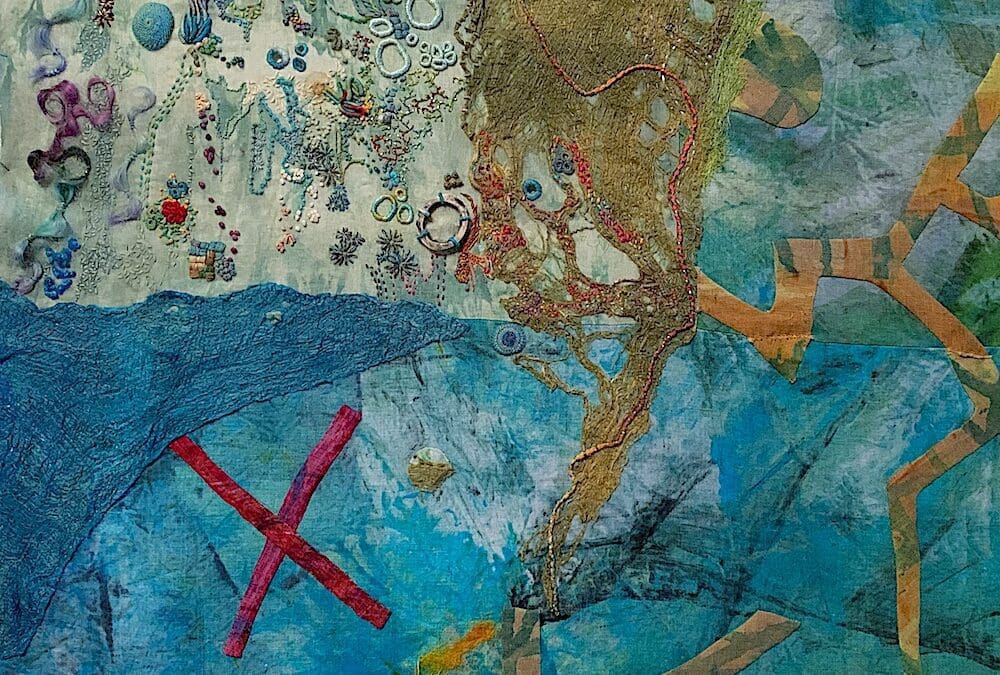
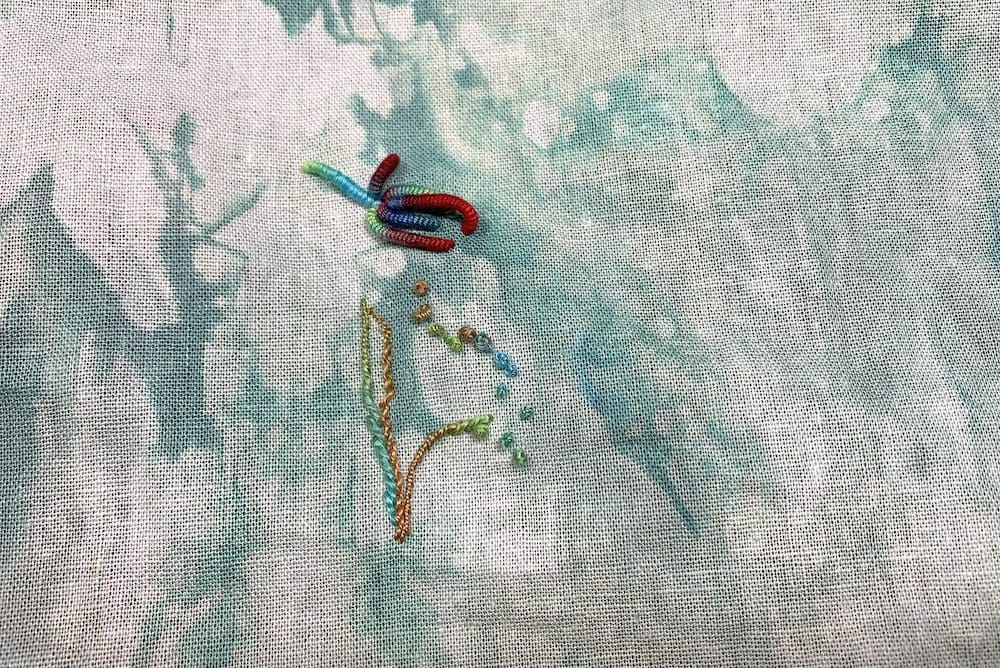
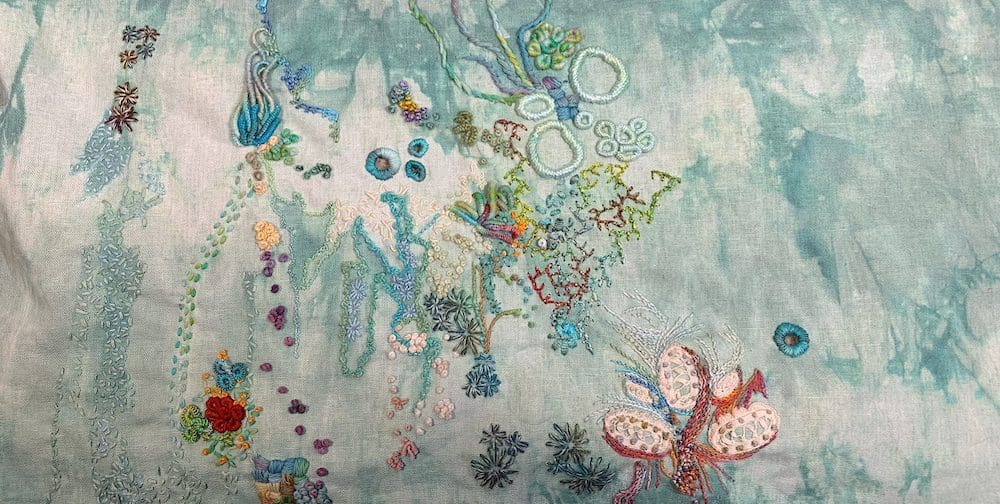
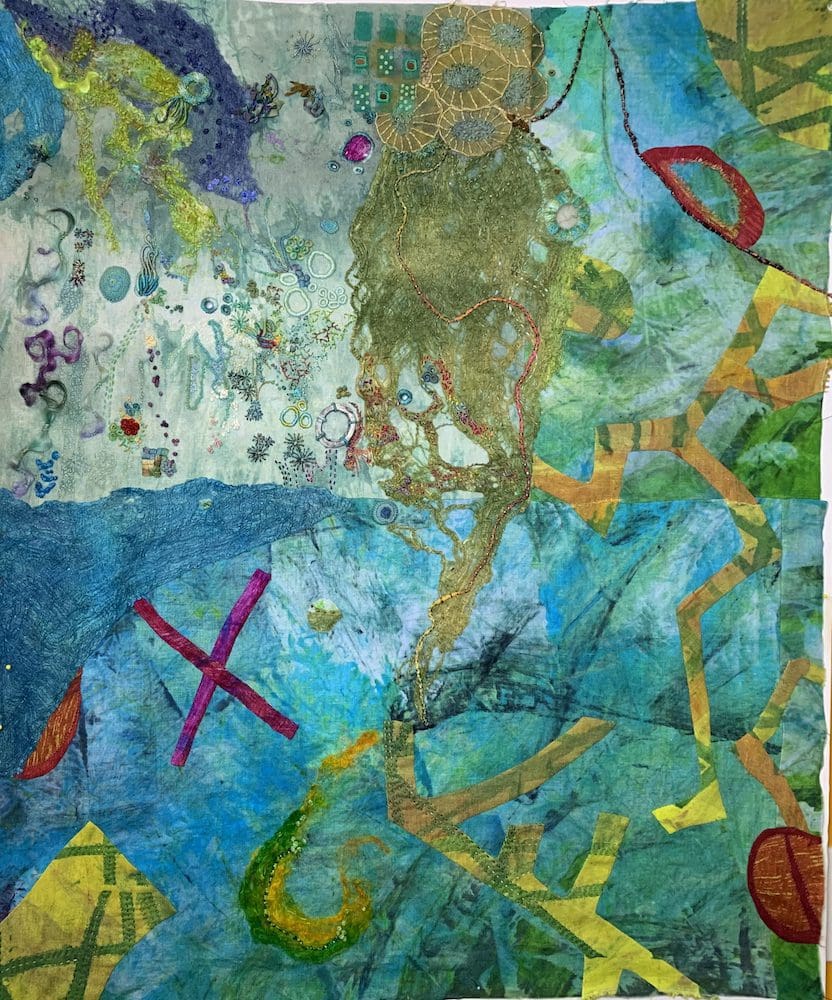

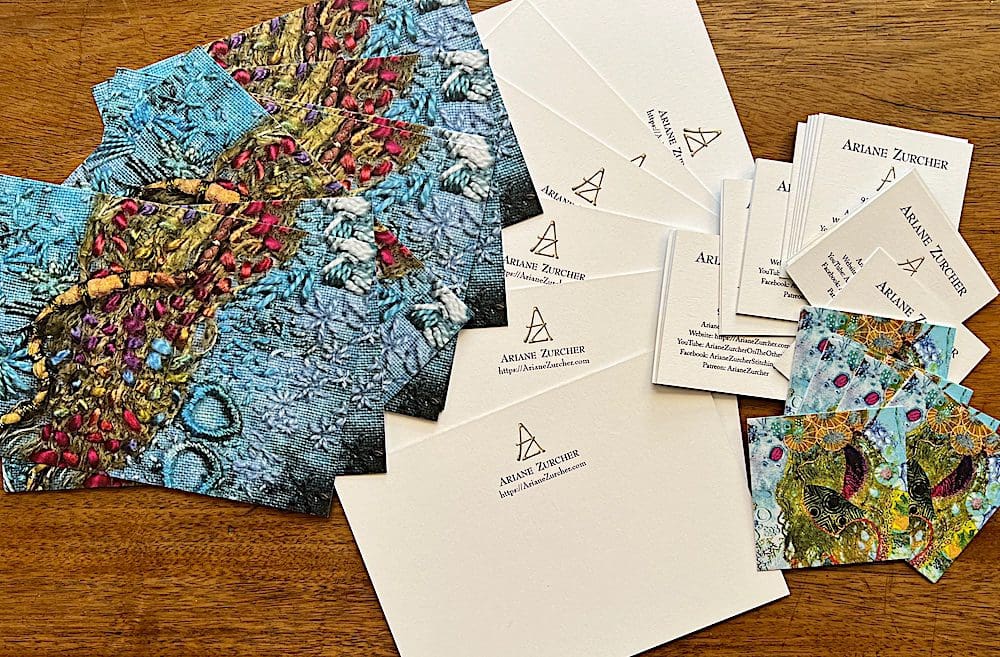
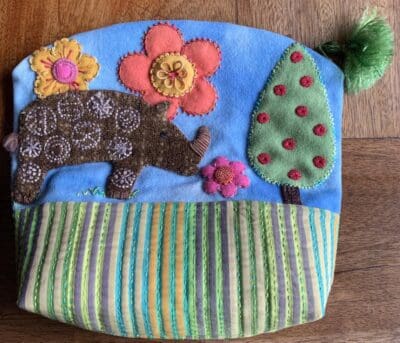
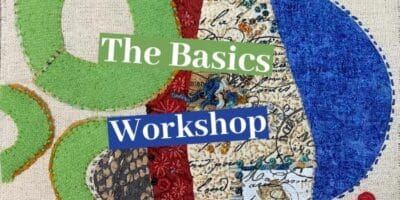



Recent comments